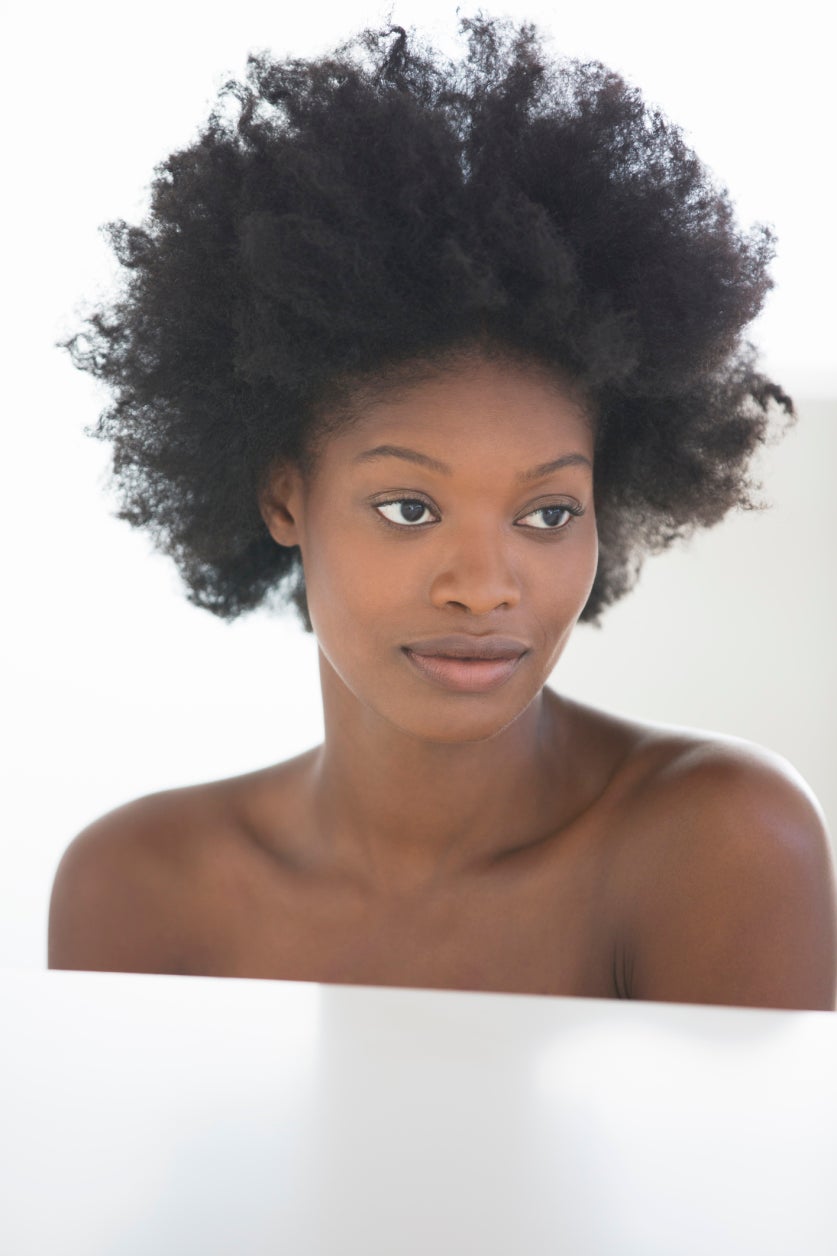
At 25-years-old, I have spent roughly $17,400 on extensions over the course of the past six years. That’s roughly half of the cost of my first car, the cost of my first semester of college, and almost a year’s worth of rent for my sublet in New York. This figure does not include hair care or styling products; this reflects the cost of extensions alone. There were times in college when I would forgo grocery shopping to buy hair. I spent money that I didn’t have—charging up a credit care to buy hair. Approximately $450 every other month for wefts of hair or full lace wigs with foreign origins—Malaysia, China, Italy, Egypt, and Brazil. In college, I used to joke that where I was from changed every other month depending on the origin of my hair. I was Egyptian for the better portion of my junior and senior years.
For over a decade I have relied on someone else’s hair to make me feel beautiful. Like most women, my serial use of extensions began as an interest—a simple desire for a different look—that quickly turned into a necessity. Soon, I no longer felt confident leaving the house without 14” of hair flowing down my back. The state of health of my own hair began to decline and was seemingly less important than the health of my extensions. As far as I was concerned, I presented the weave as my natural hair, so its’ health was all that mattered. Never mind that my own hair was thinning, breaking, dull, and uneven.
In 2010, I began to wear human hair lace wigs. I liked the freedom that wigs provided in that I could take them off at night and let my natural hair breathe. They also seemed more sanitary, as I was now able to thoroughly wash and deep condition my hair, as well as tend to my scalp on a weekly basis. However, because I had been gluing hair in for so long, I really hadn’t developed a regimen for caring for my chemically processed hair outside of perming it every 6-8 weeks. I should note here, that perming or chemically straightening your hair is not considered a form of hair care, in that it does not improve the health of your hair. After transitioning from weft extensions to wigs, I was still unsure of how to really care for my own hair.
RELATED: The Great Extension: One Woman’s Journey in Finding the Truth About Weaves
Meanwhile, there was a cultural boom of people going natural in Houston, Texas—where I went to college—that began around 2009. Many of my girlfriends were saying “no” to chemical processing and embracing their naturally curly locs. It was around this time that a sub-culture of “natural speak” began, emerging with its own language. My girlfriends were speaking in acronyms using terms like “TWA,” and “ACV rinse,” and asking one another if they ever “co-washed” or “pre-poo’d” their hair. They spoke of things like “pineappleing” and “twist outs;” it seemed more of a vocabulary for Kamasutra than a method of hair care. All I knew was that there was a movement occurring, and Black girls were defining beauty on their own terms. It was refreshing and terrifying at the same time. Refreshing, because it seemed like an act of revolution, saying no to Western standards of beauty achieved through chemical processing and embracing our natural state as beautiful. Terrifying because soon my peers would apply for internships and jobs in predominantly white corporate America, and how would their natural hair be received? As far as I was concerned, Blacks did not need another hurdle to jump over on the road to corporate success.
In 2011 I decided to go natural long enough to return my hair to a state of health that I hadn’t had since the sixth grade. I had every intention of perming it again. Going natural seemed to be the best way to re-gain strong healthy hair. I transitioned for a year using sew-ins, and an extension process that I loved called “Urban Twists,” done through an Atlanta-based stylist at The Damn Salon. In March of 2014, I committed to going natural once again. This time with a different mindset and a willingness to learn my texture. This being my second trial run, I knew what I was in for and began to approach my hair with child-like curiosity, and a willingness to discover this hair that quite frankly, was foreign to me, having received my first perm at the age of five. It has been just over a year now, and I am finally discovering the products that work for my hair, that don’t leave my locs feeling dry and brittle. Two weeks ago I had my natural, curly, chemical-free hair professionally cut and styled for the first time in twenty years, and after ten years of wearing weave I’ve finally begun to view myself as beautiful without someone else’s hair.
RELATED: How Young is Too Young to Wear a Weave?
I knew that going natural would require certain things of me— a mental shift in my idea of beauty and a willingness to build a relationship, tolerance and love for my curls. My hair doesn’t operate in group think; each strand does its own thing. It’s much less about uniformity and much more about individual expression. There’s something daring about being natural. As the poet, Mawiyah Hai El-Jamah Bomani puts it, “there’s a revolution brewing within my hair and that’s no lye.”
Virginia Lowman is the assistant digital beauty editor for essence.com. Follow her, here.
